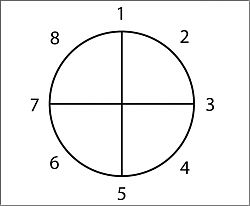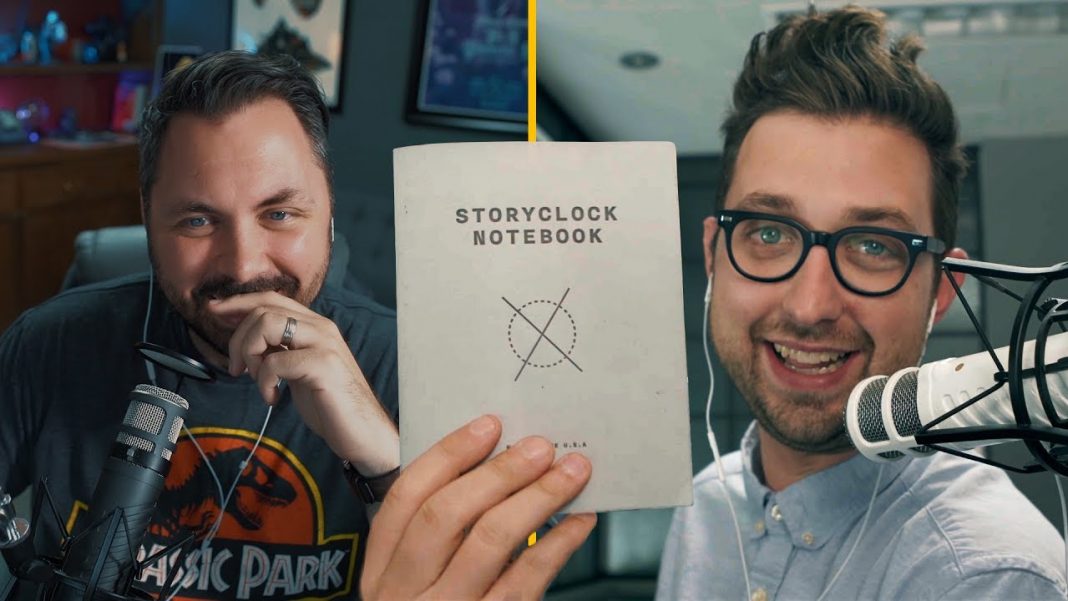A story is not the same thing as a topic.
Topic: I’m doing a story about X.
Story: And what’s interesting about it is Y.
Plot: This happened then this happened … the sequence of events
Theme: Why it all matters. The point. The message.
Story = Topic + Plot + Theme
Jessica Abel’s Story Formula:
This happened ______________, then this ______________, then this ______________, and then you wouldn’t #$%&*! believe it but _____________. And the reason that this is interesting to every single person on the face of the earth is __________________.
What makes a good story?
- Conflict
- Dramatic Moments
- High stakes.
- A reason to care.
- Sympathetic characters
- Characters are tested, grow and change
- A Theme, Point, or Lesson
Brainstorming
- What is the core conflict in your story? Or what is “The Gap” between what is and what could be?
- What are the best dramatic moments? (Take an inventory of good ideas.)
- What are the stakes? (Or, how will you express “The Gap”?)
- Why should we care?
- Who are your sympathetic characters? How can you make them sympathetic?
- How are your characters tested? How do they grow and change? How will your audience be tested? How must they grow and change?
- What is the key theme of your work?
What’s a theme?
- Theme: the message, lesson, or point.
- Not just a topic
- How to find it?
- Look at how your character changes and what lessons can be learned
- Examine the core conflict, what happens, and what it might means
- Don’t be vague or cliche’
Let Story Structures Frame Brainstorming Questions
Dan Harmon’s “Super Basic Shit”

- A character is in a zone of comfort,
- But they want something.
- They enter an unfamiliar situation,
- Adapt to it,
- Get what they wanted,
- Pay a heavy price for it,
- Then return to their familiar situation,
- Having changed.
Dan Harmon’s Pure Boring Theory

Now you understand that all life, including the human mind and the communities we create, marches to the same, very specific beat. If your story also marches to this beat- whether your story is the great American novel or a fart joke- it will resonate. It will send your audience’s ego on a brief trip to the unconscious and back. Your audience has an instinctive taste for that, and they’re going to say “yum.”
The next step is to get these rhythms to lay over the 8-point circle, allowing the critical tensions and transformations between life/death, consciousness/unconsciousness, and order/chaos to line up with the 1-5 line and the 3-7 line. If you do it right, you should see some oppositions and tensions on each end of those lines.
The Storyclock Method

- Set the clock to length of your piece
- Break it into quadrants
- Put in the events you know must be in there
- Fill in the gaps
- Look for symmetries and connections
Your Next Challenge: Final Project Trailer
Create a trailer for your final project, set to music. This is an essential first step for you to start clarifying precisely what you want to do. Many shots from this trailer can and should end up in your final project, so consider this the start of your final project.



